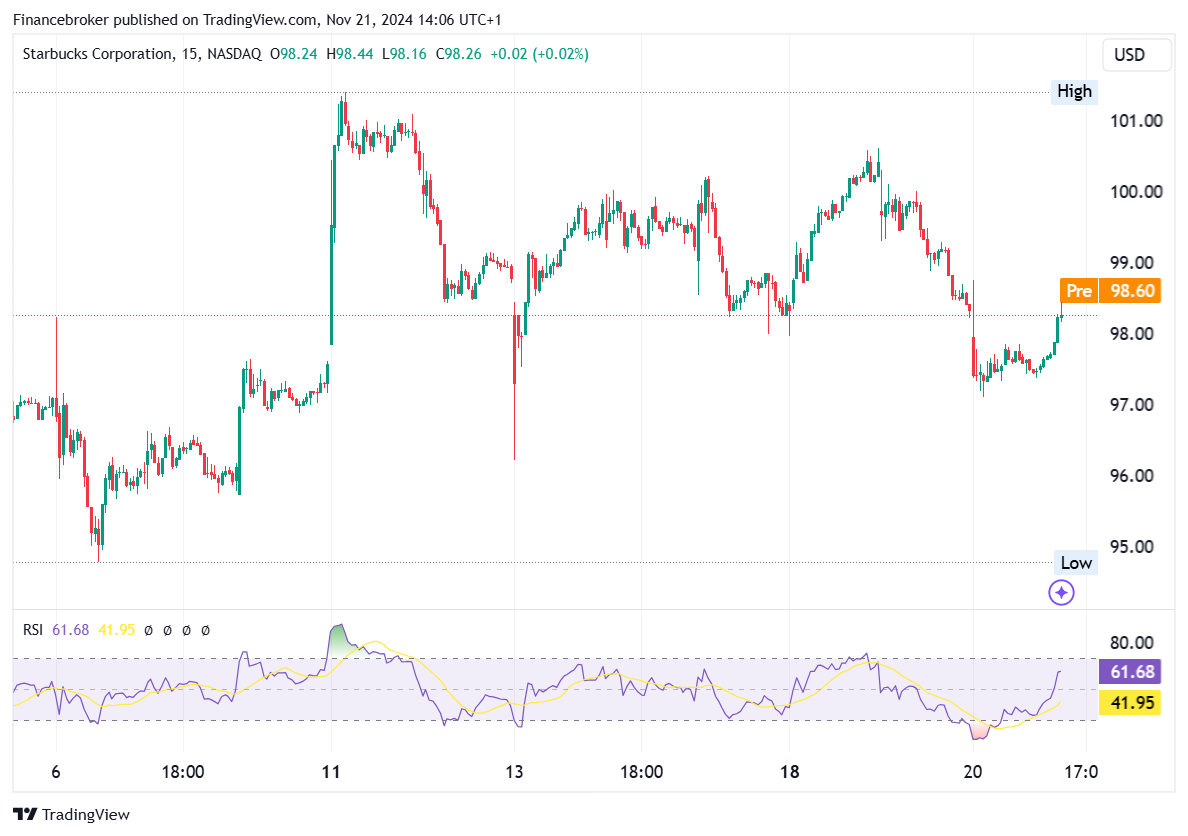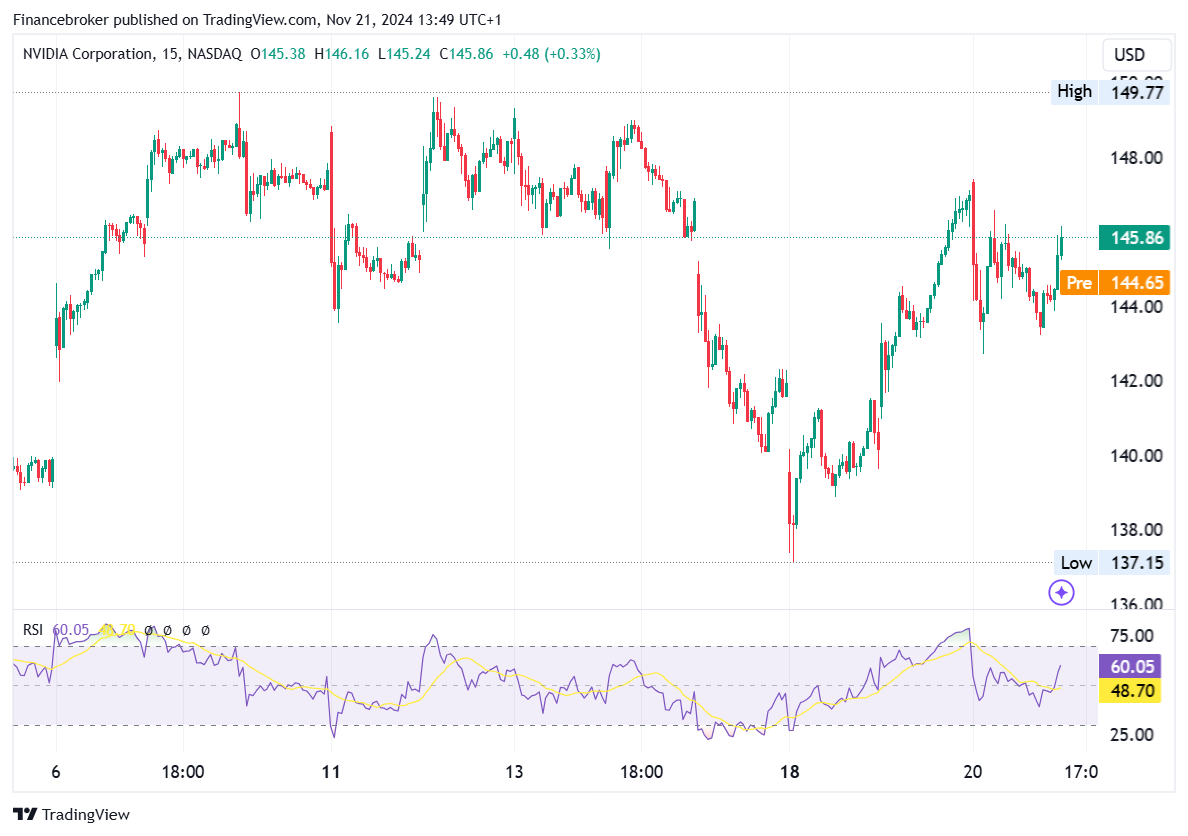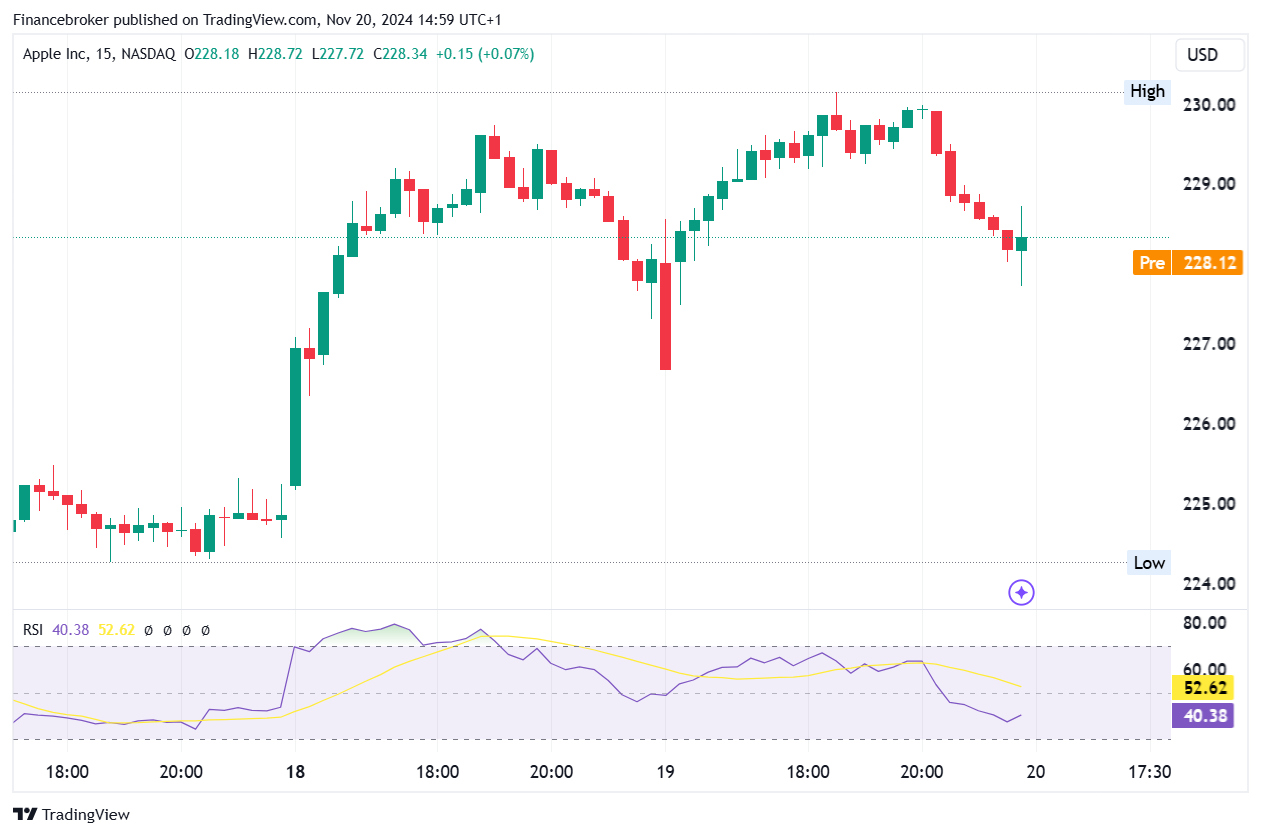
BOJ Maintains 0% Rate, Signals Shift in Bond Buying
BOJ Maintains 0% Rate, Signals Shift in Bond Buying
Quick Look:
Interest Rate Decision: The BOJ kept its benchmark rate between 0% and 0.1%, as expected, with an 8-1 vote. Potential JGB Purchase Reduction: The BOJ hinted at reducing Japanese government bond purchases, planning a detailed strategy for the next 1-2 years. Market Reactions: Post-announcement, the yen weakened, JGB yields fell, and Japanese stock markets rose.On Friday, the BOJ kept its benchmark interest rate unchanged, maintaining it between 0% and 0.1%. While this decision was widely expected, the central bank hinted at a potential reduction in its purchase of Japanese government bonds (JGBs), a move that could signify a shift in its monetary policy approach.
BOJ Plans JGB Reduction Post-July 2024 Report
The BOJ concluded its two-day policy meeting by deciding to keep short-term interest rates steady. The decision was reached with an 8-1 majority vote, with board member Nakamura Toyoaki dissenting. Toyoaki was in favour of reducing JGB purchases but believed this decision should only be made after reassessing economic activity and price developments in the upcoming July 2024 outlook report, slated for release on July 31.
Looking ahead to the next policy meeting on July 30 and 31, the BOJ plans to gather input from market participants to develop a detailed plan for reducing JGB purchases over the next one to two years. Despite the potential reduction, the BOJ confirmed that its purchases of JGBs, commercial paper, and corporate bonds will continue as decided in the March monetary policy meeting. This approach underscores the central bank’s cautious yet strategic planning in navigating economic uncertainties.
Market Reactions and Economic Implications
The BOJ’s announcement had immediate repercussions in the financial markets. Following the decision, the Japanese yen weakened by 0.52%, trading at 157.84 against the U.S. dollar. Concurrently, the yield on 10-year JGBs fell by 44 basis points to 0.924%. Stock markets responded positively, with the benchmark Nikkei 225 rising by 0.68% and the Topix index increasing by 0.71%, reversing earlier losses. These movements reflect investor reactions to the central bank’s cautious but potentially significant policy hints.
In a radical policy move in March, the BOJ raised interest rates for the first time in 17 years, ending the world’s last negative rate regime and scrapping the yield curve control policy. Despite this shift, the BOJ continued purchasing JGB’s at a pace of about 6 trillion yen ($38.17 billion) per month to stabilize 10-year JGB yields around the 1% level. These large-scale bond purchases have played a crucial role in maintaining yield stability but have also exerted downward pressure on the yen.
Yen’s Decline and Future Outlook
The yen’s recent performance has been a critical focus for the BOJ. On May 8, BOJ Governor Kazuo Ueda emphasized the need to scrutinize the yen’s declines in guiding monetary policy. This statement came after the yen slipped to a 34-year low, trading at 160 against the dollar in late April. This significant depreciation prompted the BOJ to intervene to prop up the currency.
A note published by advisory firm Teneo on June 13 highlighted that while the BOJ’s large-scale JGB purchases have successfully stabilized 10-year yields, they have also indirectly pressured the yen. The central bank’s challenge lies in balancing the need for economic support with the risk of further currency depreciation.
As the BOJ navigates these complex dynamics, its decisions in the coming months will be crucial in shaping Japan’s economic trajectory. The central bank’s cautious approach to potentially reducing JGB purchases, coupled with its ongoing scrutiny of the yen’s performance, indicates a careful balancing act. The input from market participants and the insights from the July 2024 outlook report will be pivotal in informing the BOJ’s next steps.
The BOJ’s decision to maintain interest rates while considering a reduction in JGB purchases underscores a strategic yet cautious approach to monetary policy. As Japan faces economic challenges, the central bank’s policies will play a crucial role in ensuring financial stability and promoting growth. The coming months will be critical in determining how the BOJ balances its support for economic activity with the need to stabilize the yen and manage bond yields.
The post BOJ Maintains 0% Rate, Signals Shift in Bond Buying appeared first on FinanceBrokerage.



